Rehabilitation and physiotherapy
- Home
- Rehabilitation and physiotherapy
Rehabilitation and physiotherapy
Rehabilitation and physiotherapy is a variety of special activity and therapy, each specifically designed for specific conditions and treatments. Medkins Healthcare provides access to India’s leading Rehabilitation and physiotherapy centre, directing you to the best hospitals and centres while supporting your treatment from start to finish.
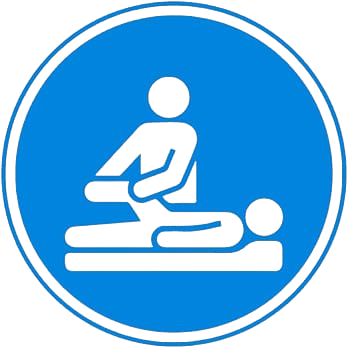
Orthopedic Rehabilitation Conditions:
- Fractures: Broken bones requiring stabilization and recovery.
- Joint Replacement: Surgical replacement of a damaged joint with an artificial one
- Osteoarthritis:
Degeneration of joint cartilage leading to pain and stiffness.
- Rheumatoid Arthritis: Autoimmune disorder causing joint inflammation and damage.
- Sports Injuries: Injuries sustained during athletic activities.
- Ligament Injuries: Damage to ligaments, often due to trauma or excessive strain.
Treatments/Procedures:
- Range of Motion Exercises: Exercises to maintain or improve joint flexibility.
- Strengthening Exercises: Exercises designed to build muscle strength around affected areas.
- Manual Therapy: Hands-on techniques to relieve pain and improve mobility.
- Joint Mobilization: Techniques to restore normal joint movement.
- Gait Training: Training to improve walking patterns.
- Functional Training: Exercises to improve the ability to perform daily activities.
- Post-surgical Rehabilitation: Specialized therapy to aid recovery after orthopedic surgery.
- Use of Orthotics: Devices used to support, align, or improve function of limbs.
Neurological Rehabilitation Conditions:
- Stroke: A disruption of blood flow to the brain causing functional impairments
- Parkinson’s Disease: A progressive neurological disorder affecting movement.
- Multiple Sclerosis: An autoimmune disease affecting the central nervous system
- Traumatic Brain Injury: Injury to the brain due to external force.
- Spinal Cord Injury: Damage to the spinal cord affecting motor and sensory functions.
- Peripheral Neuropathy: Damage to peripheral nerves causing pain, weakness, or numbness.
Treatments/Procedures:
- Neuroplasticity Exercises: Activities designed to stimulate brain recovery and adaptation.
- Balance Training: Exercises to improve stability and prevent falls.
- Coordination Exercises: Activities to enhance the ability to coordinate movements.
- Gait Training: Training to improve walking and movement patterns.
- Motor Learning Strategies: Techniques to improve motor function and coordination.
- Cognitive Rehabilitation: Therapy to improve cognitive functions affected by neurological conditions.
- Functional Electrical Stimulation: Use of electrical impulses to stimulate muscle contractions.
3. Cardiopulmonary Rehabilitation Conditions:
- Chronic Obstructive Pulmonary Disease (COPD): A group of lung diseases causing breathing difficulties.
- Asthma: A condition causing airway inflammation and constriction.
- Cardiovascular Diseases: Heart conditions affecting the cardiovascular system.
- post-myocardial Infarction: Rehabilitation following a heart attack.
- Heart Surgery Rehabilitation: Recovery process following heart surgery.
Treatments/Procedures:
- Breathing Exercises: Techniques to improve lung function and respiratory efficiency.
- Aerobic Conditioning: Exercises to improve cardiovascular fitness.
- Strength Training: Exercises to build muscle strength, aiding overall health.
- Postural Training: Exercises to improve posture and alignment.
- Energy Conservation Techniques: Strategies to manage energy levels and reduce fatigue.
- Education on Lifestyle Changes: Guidance on healthy living practices to support recovery.
4. Pediatric Rehabilitation Conditions
- Cerebral Palsy: A group of disorders affecting movement and muscle tone.
- Developmental Delays: Slower than expected development in motor or cognitive skills
- Spina Bifida: A birth defect involving incomplete closure of the spinal column.
- Muscular Dystrophy: A group of genetic disorders causing muscle weakness.
- Congenital Deformities: Physical abnormalities present from birth.
Treatments/Procedures:
- Developmental Milestone Training: Activities to help children achieve developmental goals.
- Play Therapy: Use of play to encourage development and social skills.
- Motor Skill Development: Exercises to improve motor coordination and strength.
- Adaptive Equipment Training: Use of devices to support daily activities and mobility.
- Sensory Integration Therapy: Techniques to help children process and respond to sensory information.
- Strengthening and Coordination Exercises: Exercises to build strength and improve coordination
5. Geriatric Rehabilitation Conditions:
- Osteoporosis: A condition causing brittle and fragile bones.
- Fall Prevention: Strategies and exercises to reduce the risk of falls.
- Age-related Muscle Weakness: Decrease in muscle strength due to aging.
- Dementia: A group of symptoms affecting memory, thinking, and social abilities.
Treatments/Procedures:
- Balance and Fall Prevention Exercises: Activities to enhance stability and prevent falls.
- Strength Training: Exercises to maintain or increase muscle strength.
- Functional Mobility Training: Training to improve the ability to perform everyday tasks.
- Cognitive Therapy: Techniques to support cognitive function and memory.
- Home Safety Assessment: Evaluation and modification of home environments to ensure safety.
- Adaptive Techniques for Daily Living: Strategies to support independent living and daily activities.
6.Sports Rehabilitation Conditions:
- Sprains and Strains: Injuries to ligaments and muscles due to overstretching.
- Tendonitis: Inflammation of a tendon, often due to repetitive use.
- Sports-related Fractures: Broken bones resulting from sports activities.
- Dislocations: Displacement of bones from their normal position.
- Overuse Injuries: Injuries caused by repetitive stress and strain.
Treatments/Procedures:
- Injury-specific Rehabilitation Protocols: Customized plans for different types of sports injuries.
- Strengthening and Flexibility Exercises: Activities to build strength and improve flexibility.
- Sport-specific Drills: Exercises designed to mimic sports movements and improve performance.
- Manual Therapy: Hands-on techniques to alleviate pain and enhance mobility.
- Taping and Bracing: Use of supportive devices to stabilize injured areas.
- Return-to-sport Programs: Gradual reintroduction to sports activities following injury.
7. Women’s Health Rehabilitation Conditions:
- Postpartum Recovery: Rehabilitation following childbirth.
- Pelvic Floor Dysfunction: Disorders affecting the pelvic floor muscles and tissues.
- Osteoporosis: A condition leading to weakened bones, common in older women.
- Menopause-related Issues: Health challenges associated with menopause.
Treatments/Procedures:
- Pelvic Floor Exercises: Exercises to strengthen the pelvic floor muscles.
- Core Strengthening: Activities to build strength in the abdominal and lower back muscles.
- Posture Correction: Exercises to improve alignment and reduce pain.
- Pain Management Techniques: Strategies to alleviate pain related to women’s health issues.
- Educational Support for Health Management: Guidance on managing health conditions and maintaining well-being.
8. Vestibular Rehabilitation Conditions:
- Vertigo: A sensation of spinning or dizziness, often due to inner ear problems.
- Dizziness: A general term for feeling unsteady or lightheaded.
- Meniere’s Disease: A disorder affecting the inner ear, leading to vertigo, hearing loss, and tinnitus.
- Vestibular Neuritis: Inflammation of the vestibular nerve, causing dizziness and balance issues.
Treatments/Procedures:
- Vestibular Rehabilitation Exercises: Activities designed to improve balance and reduce dizziness.
- Gait and Balance Training: Exercises to enhance walking stability and balance.
- Habituation Exercises: Techniques to help the brain adapt to dizziness and reduce symptoms.
- Canalith Repositioning Maneuvers: Specific maneuvers to treat benign paroxysmal positional vertigo (BPPV) by moving calcium crystals in the inner ear.
Our Focused Specialties
Multi-Specialty Care Hub
Discover India’s diverse multi-specialty health departments and treatments. We’re dedicated to ensuring a healthier tomorrow, navigating the dynamic realm of Indian healthcare. Our wide range of specialties includes top-notch hospitals, selected based on quality and healthcare facilities. Join us for a personalized journey to optimal health and wellness.
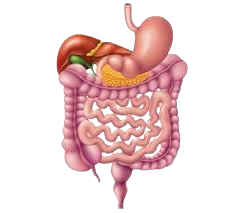
Gastro-intestine
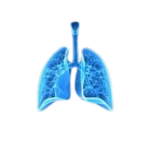
Pulmonology

Ophthalmology
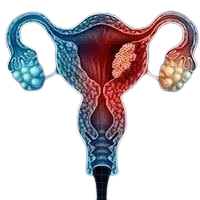
Gynaecology
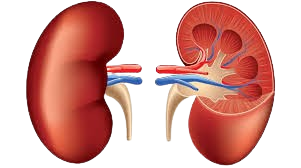
Nephrology
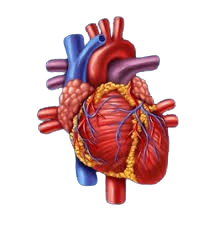
Cardiac
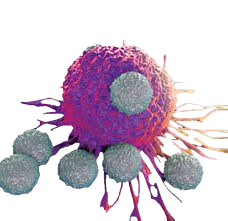
Hematology
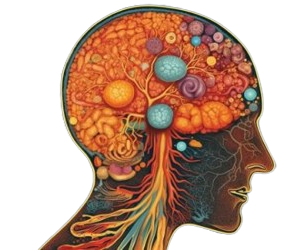
Neurology
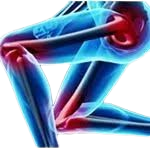
Bone & Joint
Looking for an expert !
Our Healthcare is home to some of the eminent doctors in the world

Dr Rajesh Sharma

Dr Sandeep Vaishya

Dr Sandeep Vaishya
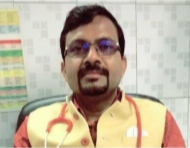
Dr Rajesh Sharma

Dr Rajesh Sharma
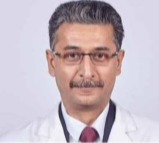
Dr Sandeep Vaishya
Easy Access Links
- International Patients
- We & Why
- Core Specialites
- Common Procedures
- Hospitals
- Doctors
- Treatment Locations
- Way To Healing
- Wise to ask before
- Comfort and Satisfaction
